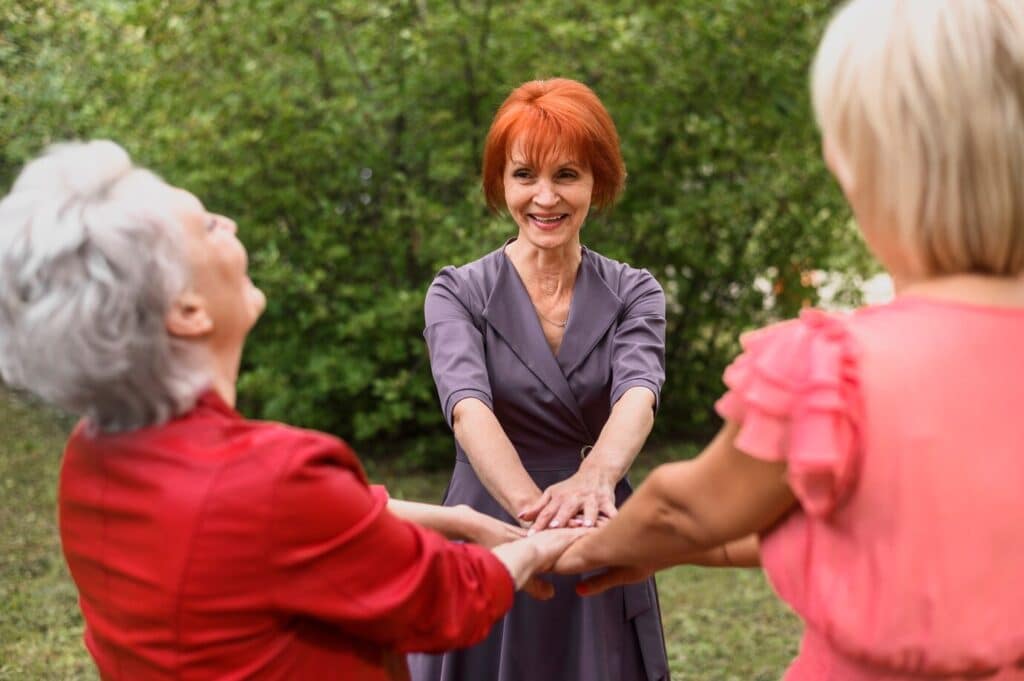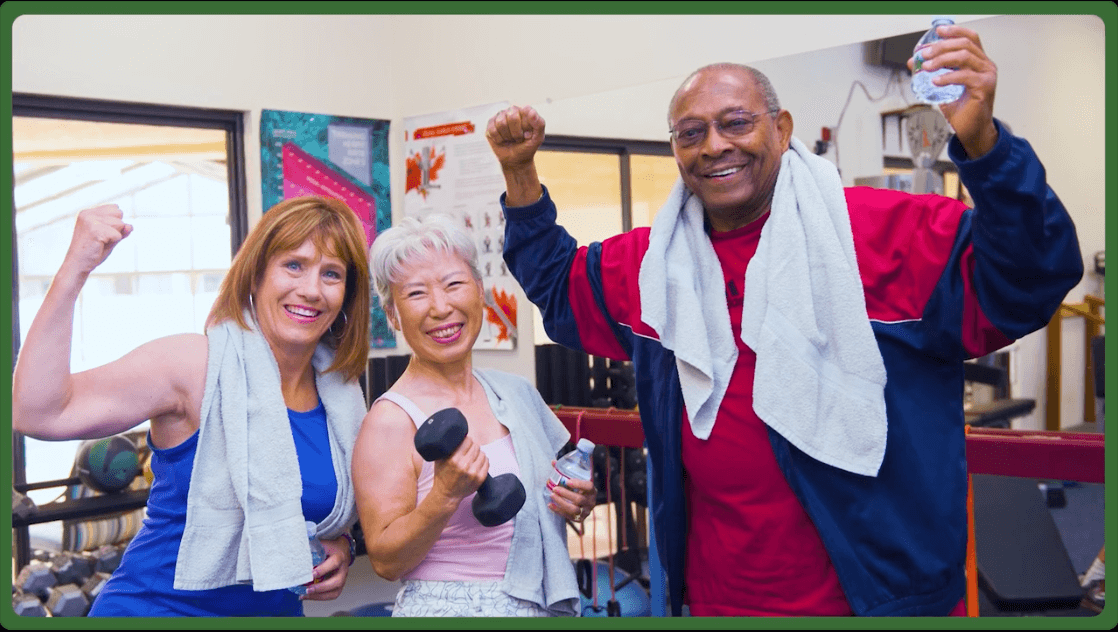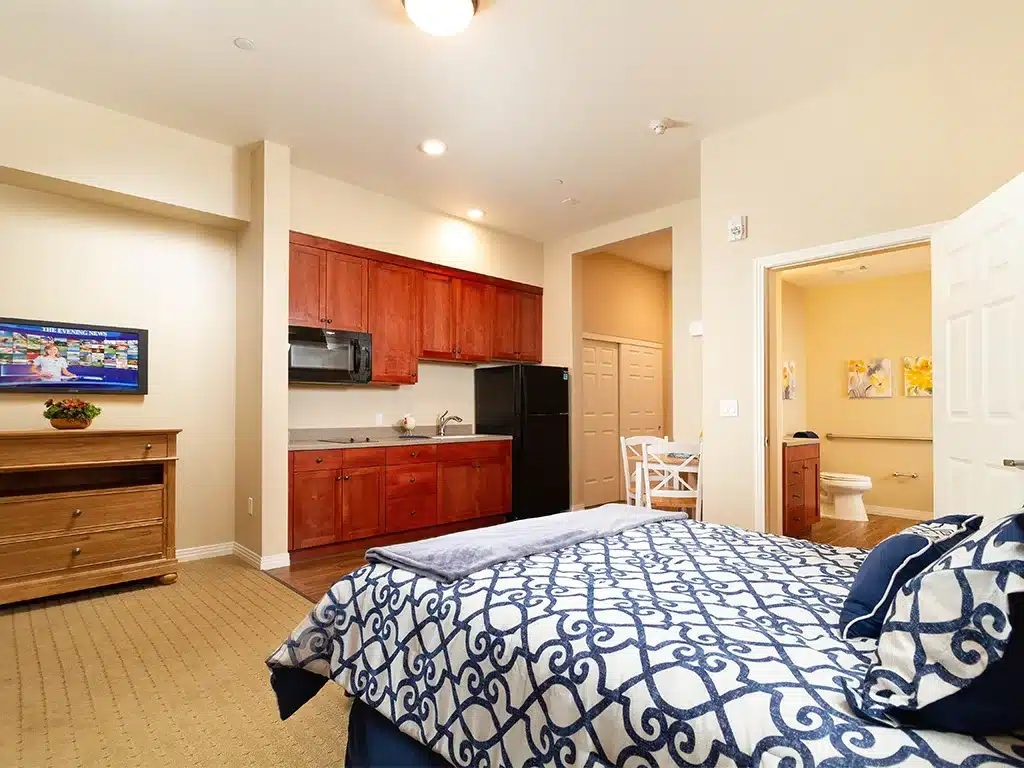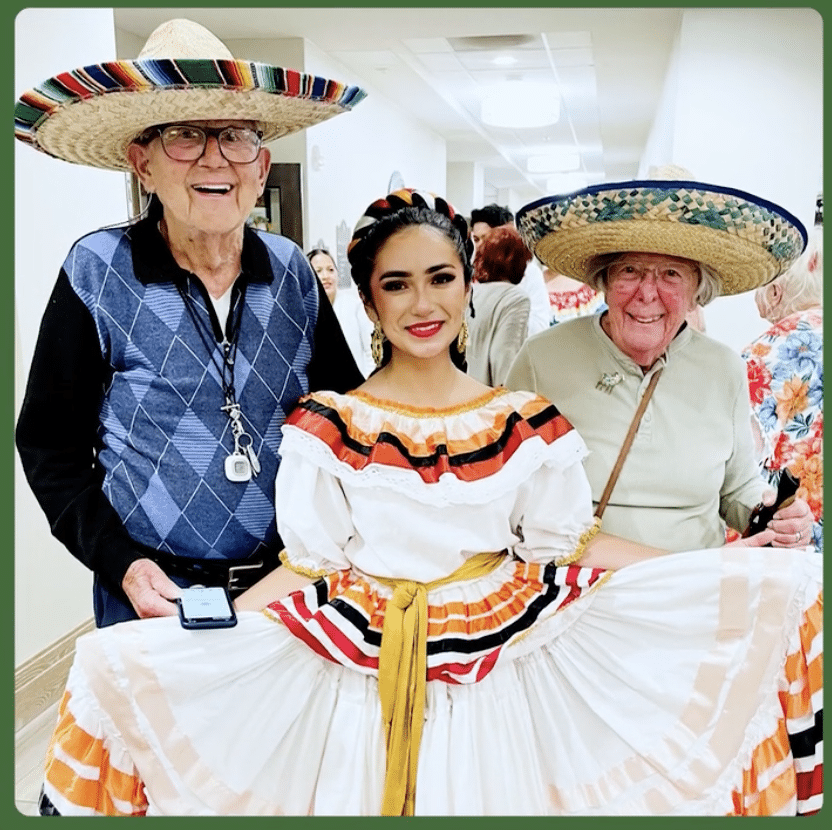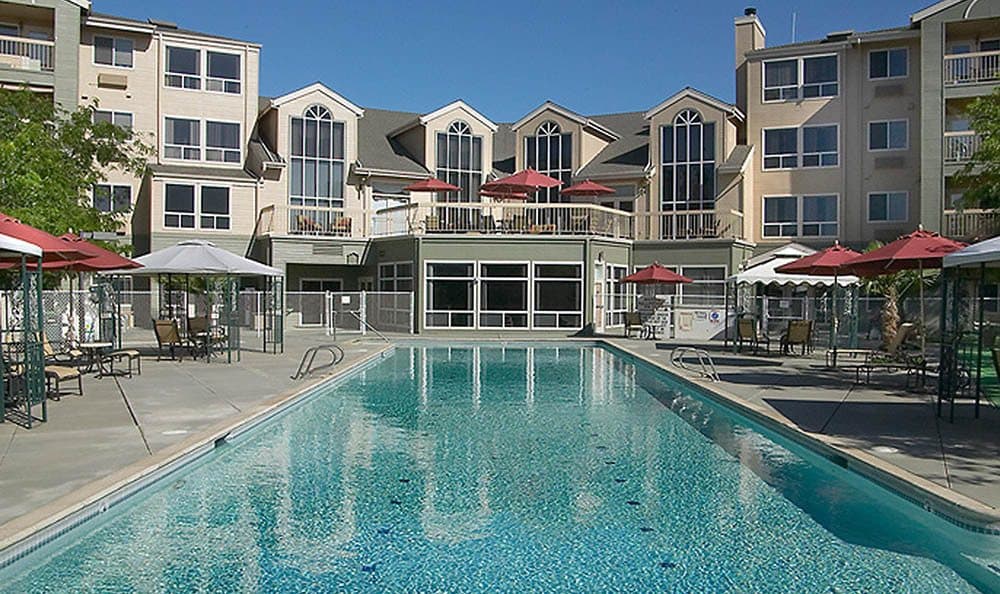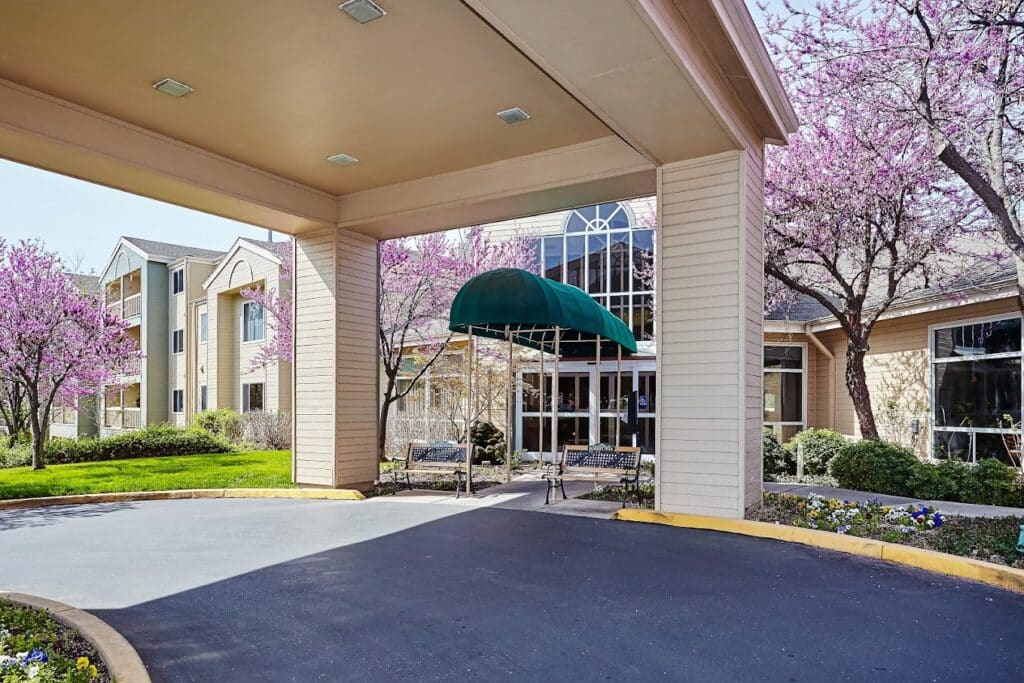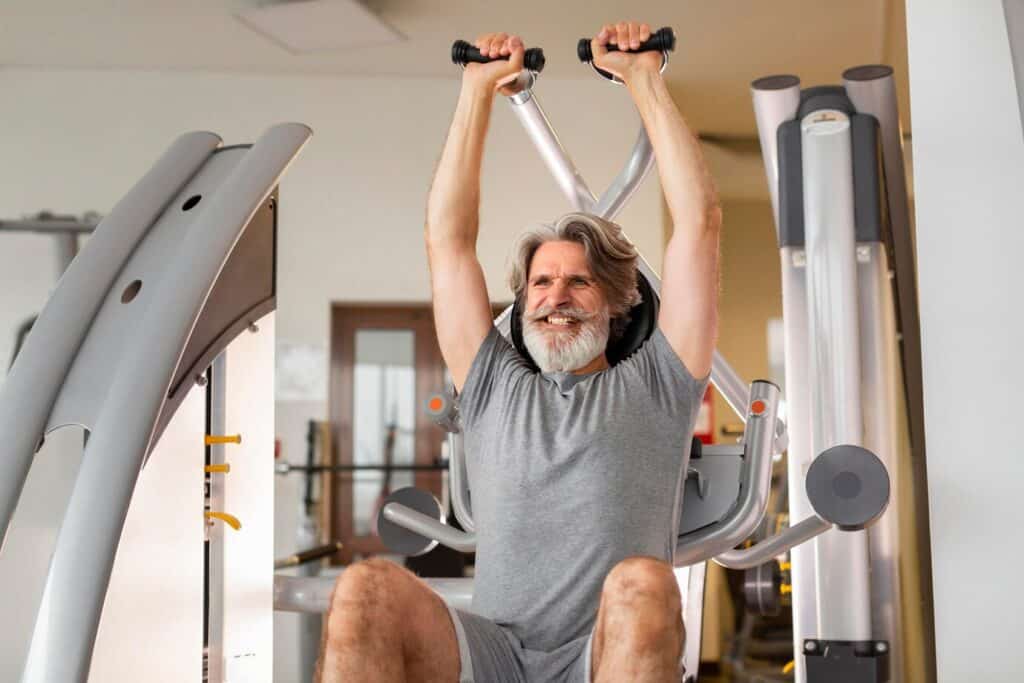Empowering Seniors: Practical Diabetes Prevention Strategies
Diabetes Prevention Tips for Seniors to Stay Healthy
Taking proactive steps in your golden years can significantly reduce your risk of developing type 2 diabetes. This is especially important since seniors are susceptible to age-related metabolism and activity level changes. Embracing a comprehensive approach to diabetes prevention safeguards your health and enhances your quality of life.
At Westmont of Chico, we’re committed to guiding residents through these preventive strategies with compassion and expertise. From healthy eating to physical activity and stress management, seniors can take control of their well-being in many ways.
Understanding Diabetes and Its Risk Factors for Seniors
Understanding diabetes begins with identifying its major risk factors. Seniors often overlook subtle symptoms until the condition progresses, so routine screenings and awareness are vital.
Several factors can contribute to type 2 diabetes in older adults: genetic predisposition, being overweight, high blood pressure, and a sedentary lifestyle. Symptoms may include frequent urination, unexplained fatigue, or blurred vision.
Enrolling in a diabetes prevention programme is a proactive way to learn about risk management while gaining community support. If you’re wondering which helps prevent type 2 diabetes, the answer lies in regular physical activity, dietary changes, and consistent medical check-ups. These pillars can form a strong defense against the onset of diabetes.
Engaging in regular physical activity is a proven strategy to decrease risk and improve overall well-being.
Importance of a Healthy Diet in Diabetes Prevention
Nutrition is a powerful tool in any diabetes prevention plan. Seniors benefit from diets high in fiber and low in added sugars and saturated fats.
A heart-healthy diet rich in whole foods helps maintain a healthy weight and supports blood sugar control. Eating nutrient-dense meals can dramatically reduce the risk of chronic diseases, including diabetes.
Whole Foods Focus
Choosing whole foods over processed ones is a cornerstone of the medicare diabetes prevention program, which offers nutritional education and lifestyle coaching. Prioritizing foods such as leafy greens, fruits, legumes, and whole grains ensures your body receives the necessary nutrients.
| Food Group | Examples | Benefits |
| Fruits and Vegetables | Berries, Spinach | High in fiber, low in calories |
| Lean Proteins | Chicken, Beans | Supports muscle health and satiety |
| Whole Grains | Quinoa, Brown Rice | Provides sustained energy and fiber |
Balanced eating habits promote stable blood sugar and general vitality.
Limit Processed Sugars
Reducing your intake of processed sugars is vital. Seniors with a family history of diabetes or who are overweight should pay particular attention. Avoid sugary drinks, pastries, and candies, and opt for natural sweeteners and whole fruit instead. This simple adjustment supports both weight management and blood glucose regulation.
Choosing low-glycemic foods also aligns with the tertiary prevention of diabetes, which focuses on minimizing complications in at-risk individuals. Antioxidant-rich foods further promote healthy aging.
Fiber-Rich Choices
Fiber slows down glucose absorption, helping you maintain consistent blood sugar levels. Here are excellent sources of dietary fiber:
- Legumes – Lentils, black beans, and chickpeas
- Whole Grains – Brown rice, barley, and oats
- Vegetables – Carrots, broccoli, and leafy greens
Incorporating these into daily meals supports digestion and aligns with diabetes prevention program goals. Explore foods supporting gut health, which play a role in overall metabolic health.
Benefits of Regular Physical Activity
Exercise isn’t just about staying limber; it’s a key element in diabetes prevention. Walking, swimming, or dancing boost cardiovascular health and help regulate blood sugar.
Improved Insulin Sensitivity
Physical activity improves how your cells respond to insulin. This effect is essential for preventing insulin resistance, a major cause of type 2 diabetes. Here’s how staying active helps:
- Weight Control. Reduces fat tissue linked to insulin resistance
- Muscle Strength. Enhances glucose uptake by muscles
- Blood Sugar Regulation. Reduces fasting glucose levels
These improvements are central to both primary and tertiary prevention of diabetes.
Enhanced Overall Wellbeing
Exercise benefits more than just your body—it boosts your mood and enhances mental clarity. Seniors who engage in group classes or outdoor activities often report less stress and a stronger sense of belonging.
Social activities are also emphasized in many medicare diabetes prevention program sessions, helping older adults stay connected while getting healthy.

Regular Physical Activity
Monitoring Blood Sugar Levels Effectively
Monitoring your blood glucose is one of the most effective ways to catch early signs of imbalance. With easy-to-use at-home meters and digital health tools, it’s simpler than ever.
- Choose the Right Tool. Look for a glucometer with a clear display and memory tracking
- Record Consistently. Note meals and physical activity along with glucose levels
- Share with Your Doctor. Use your data to adjust medication or nutrition plans
This empowers you to tailor your diabetes prevention efforts based on your unique patterns.
Stress Management Techniques for Better Health
Emotional health is closely linked to physical health. Chronic stress raises cortisol levels, which can affect insulin sensitivity.
Try these stress-reduction techniques:
- Mindfulness Meditation
- Deep Breathing Exercises
- Creative Hobbies like music or crafts
Practicing these daily supports your broader diabetes prevention programme goals. Seniors who manage stress effectively often find it easier to stick with lifestyle changes.
Community Resources and Support for Seniors
Support from your community plays a significant role in sustaining lifestyle changes. Westmont of Chico offers wellness initiatives, educational seminars, and social activities that support diabetes prevention.
Additionally, national and local organizations like the CDC’s National Diabetes Prevention Program offer helpful resources for seniors. Seniors enrolled in a medicare diabetes prevention program receive access to trained lifestyle coaches and personalized goals.
Engaging Activities for Enhanced Well-Being
Whether it’s gardening, painting, or group walks, staying engaged fuels a sense of purpose. These activities promote mental health and reduce feelings of isolation, which are key risk factors in chronic disease development.
Volunteering or mentoring others can also have a significant impact. According to AARP, staying socially and physically active is one of the best ways to reduce your diabetes risk.
A Healthier Future Begins Today
Preventing diabetes in your senior years is not only possible—it’s empowering. Adopting a balanced diet, staying active, monitoring your health, and reducing stress are all powerful steps you can take right now.
Just ask Mary, a 68-year-old resident who joined our wellness group. After enrolling in a medicare diabetes prevention program, she added more vegetables to her diet and started walking 30 minutes daily. Within three months, she saw her blood sugar levels stabilize, and her energy returned.
If you’re curious which of the following helps prevent type 2 diabetes, it’s clear: consistency in your healthy habits. Whether through the diabetes prevention programme or engaging community support, the tools are available—you just need to take the first step.
We’re here to walk that path with you at Westmont of Chico. To learn more, call us at 530-767-3886 or schedule a tour by visiting this link.
Frequently Asked Questions
How can we prevent diabetes?
Preventing diabetes involves maintaining a healthy lifestyle through regular physical activity, a balanced diet, and weight management. Avoiding sugary drinks and processed foods, while focusing on whole grains, lean proteins, and fresh vegetables, can help regulate blood sugar levels. Regular health check-ups and monitoring blood glucose are also important, especially for those with a family history of diabetes.
How to effectively manage diabetes?
Effective diabetes management includes consistently monitoring blood sugar levels and taking prescribed medications or insulin as directed by your healthcare provider. A healthy diet, regular exercise, stress management, and proper sleep all play a key role. Keeping routine medical appointments to track progress and prevent complications is also essential.
What is the #1 cause of diabetes?
The primary cause of type 2 diabetes is insulin resistance, often linked to being overweight or obese, especially with excess fat around the abdomen. Genetics and lifestyle factors like poor diet and inactivity can also contribute significantly. For type 1 diabetes, the cause is usually autoimmune, where the immune system attacks insulin-producing cells in the pancreas.
What are the food habits to prevent diabetes?
To prevent diabetes, focus on a fiber-rich diet, whole grains, fresh fruits, vegetables, and lean proteins. Limit sugary snacks, sweetened beverages, and refined carbohydrates like white bread and pasta. Eating smaller, balanced meals throughout the day can help stabilize blood sugar and improve insulin sensitivity.





